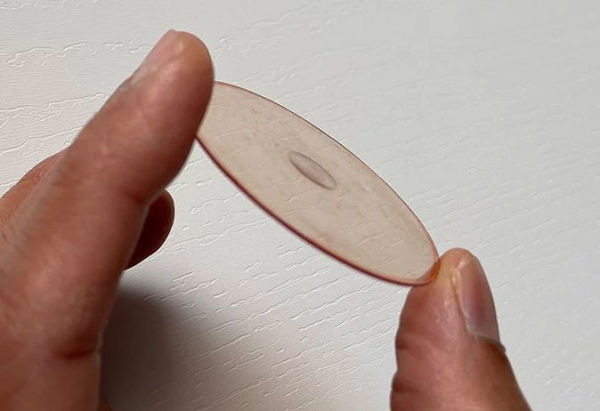A new type of lens, extremely thin at just a few micrometers, could in future be used in smartphones, among other things, where the size of the components often plays a decisive role. The surface of this multilevel diffractive lens has a concentric ring structure on which the incoming light is refracted at different angles. The rings are each max 3 μm wide and up to 2.6 μm high.

Multilevel Diffractive lens / Rajesh Menon, University of Utah
The Multilevel Diffractive Lens (MDL) therefore behaves completely different from conventional refractive lenses. One can imagine these microstructures as very small pixels of a lens, which together function like an optical element, explains Professor Rajesh Menon, one of the researchers at the University of Utah.
This new approach also changes the sharpness behavior: in experiments, objects at a distance of 200mm to 6 meters were in focus, so the depth of focus achieved was considerable. Although experiments have so far only been conducted with light in the infrared range, a version for visible light is also being developed.
Once they are ready for the market, such optics will certainly be used primarily in industrial applications, for example in cars, medicine or the military. Nowadays, a "deep focus" is actually not often desired for film purposes. However, in combination with the ever-increasing use of computational imaging algorithms, this approach makes perfect sense: in the latest smartphones, so-called ToF modules can already be found, which measure the distance to the objects being photographed, whereupon the focus -- and thus the blurriness -- can be determined later. The more continuous the image itself is in focus, the greater the scope is. (Thanks to Camworks for the hint.

